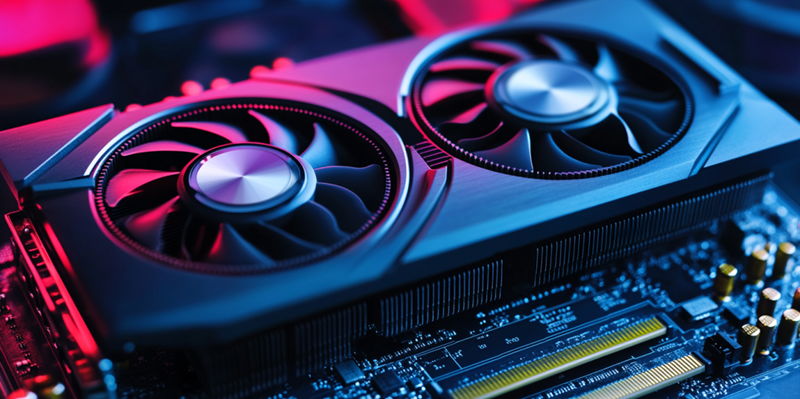An alarming discovery in multiple versions of a widely used GPU Driver Development Kit (DDK) has revealed two critical vulnerabilities, posing significant security risks for systems utilizing Unified Memory Architecture (UMA). The first major vulnerability, identified as CVE-2024-47892, was disclosed on November 29, 2024. This vulnerability involves a Use-After-Free (UAF) flaw located within the DDK’s kernel memory management system, specifically in the PMRUnlockPhysAddressesOSMem function, which pertains to non-4KB page memory resources. This flaw allows non-privileged users to execute GPU system calls, potentially reading and writing freed physical memory. Such unauthorized access could lead to the exposure of private data and, in the worst-case scenario, could enable a system takeover. Alarmingly, all DDK releases up to and including version 24.2 RTM1 are affected by this security defect.
Immediate Response and Mitigation
In swift response to the discovery of the CVE-2024-47892 vulnerability, developers have implemented significant updates to the DDK kernel module. These updates enhance the protection mechanisms against improper GPU system call usage, aiming to prevent similar vulnerabilities in the future. However, the situation is compounded by a second flaw, identified as CVE-2024-43704, affecting the PowerVR component of the GPU DDK. This second flaw is associated with the PVRSRVAcquireProcessHandleBase function, which may lead to process handle reuse when Process IDs (PIDs) are recycled. This vulnerability similarly affects all DDK versions up to 24.2 RTM1. Prompt action is crucial in addressing this issue, as the reuse of process handles can significantly compromise system integrity and security.
Developers and administrators must implement the latest patches and updates immediately to mitigate these security vulnerabilities. The exposures underscore the ongoing and evolving challenges in maintaining secure, complex software systems, particularly those requiring intricate memory management and constant interaction with hardware components. The necessity for continuous and rigorous software testing, along with timely patching, becomes evident from these incidents, highlighting a critical aspect of cybersecurity protocols.
The Importance of Vigilance in Cybersecurity
As security threats continue to evolve, this incident highlights the critical need for vigilance in cybersecurity practices for both users and developers managing sensitive hardware and software resources. It underscores the importance of regular software updates to prevent the exploitation of known vulnerabilities. Understanding and applying these patches are crucial to protect against emerging threats that target critical flaws.
Developers advise affected users to refer to the Common Weakness Enumeration at CWE-280 for technical details on these vulnerabilities. As the cybersecurity threat landscape becomes more complex, it’s vital for stakeholders to stay informed and proactive with security measures. By committing to the latest updates and patches, users can significantly strengthen their defenses against potential breaches and ensure a more secure operational environment.
The identification of significant vulnerabilities in the GPU DDK underscores the need for comprehensive security strategies. This incident has highlighted the critical importance of timely and thorough software patching, mandating a stronger focus on preemptive measures and vigilant cybersecurity protocols.

